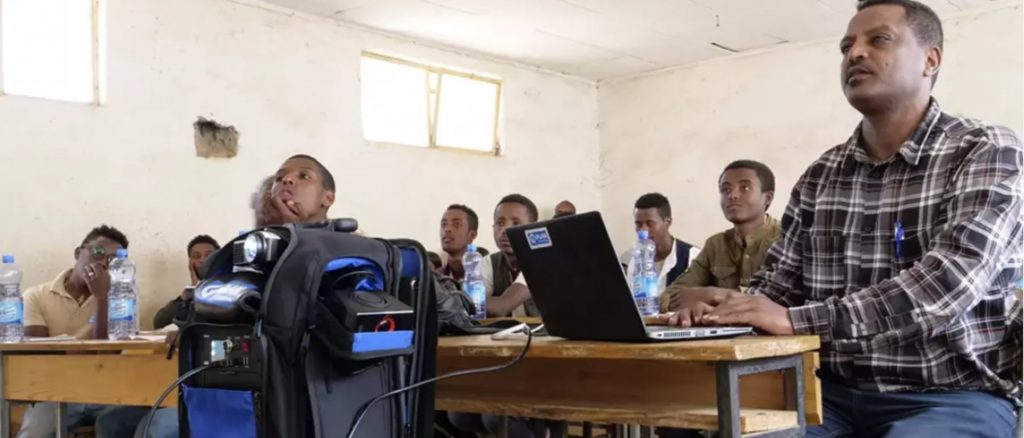- The Solar Media Bag has been trialled in Uganda, Ethiopia and Mozambique.
- School teachers in rural areas can use it to turn any space into a classroom.
- The bag can charge laptops and phones and carries projectors and speakers.
- Access to education is also an issue for developed countries like Australia, where students can live across vast remote areas.
No electricity means no access to an education that meets modern standards.
That’s the reality for millions of school children in remote communities and developing areas of the world. Without power, there’s no access to the internet which is now central to a good education. These children miss out on opportunities to learn from videos, digital tools and data found online.
As well as missing out on internet learning in school, more than 1.3 million children aged 3 – 17 have no internet connection at home either, according to UNICEF.
Globally, 33% of children have access to the internet at home to support their studies. But in low-income developing nations, that figure falls to just 6%. School-aged children in sub-Saharan Africa and South Asia are the most affected, with around 9 in 10 children having no internet access.
Digital education for all
This could all change with the launch of a new solar-powered backpack that has been trialled in Uganda, Ethiopia and Mozambique.
The Solar Media Bag (SMB) allows rural teachers or trainers to “turn any room or place into a classroom,” says Mario Aguilera, chief executive of Finland-based startup Tespack.
“With this tool, children even in rural regions can be educated with the latest information and not depend on the grid to get an up-to-date education.”
Read More about how school-in-a-bag helps educate the most remote areas….




